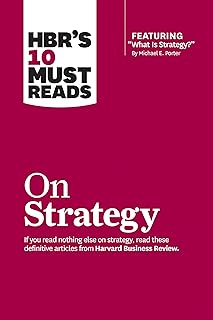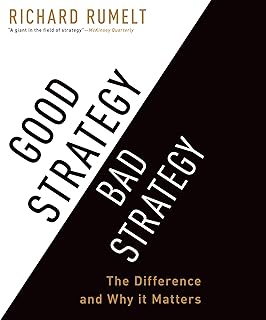Corporate mergers have been a significant aspect of the business landscape for decades. These strategic moves involve two or more companies combining their operations to form a single entity, often with the aim of achieving synergies and enhancing competitiveness in the market. While mergers can create opportunities for growth and expansion, they also raise concerns about market concentration and potential anticompetitive behavior.
Historically, corporate mergers have played a crucial role in shaping industries and economies. In the late 19th and early 20th centuries, the United States experienced a wave of mergers and acquisitions known as the “trust-busting era,” where large corporations consolidated their power in various sectors such as oil, steel, and railroads. These mergers led to the formation of industrial giants that dominated markets and influenced government policies.
Expert analysts suggest that the motivations behind corporate mergers are diverse and can vary depending on the specific circumstances of each deal. Some mergers are driven by a desire to achieve economies of scale, reduce costs, or access new markets. Others may be aimed at acquiring valuable assets, intellectual property, or talented employees. Additionally, mergers can be a strategic response to competitive pressures or a means of diversifying business portfolios.
One of the key factors that determine the success of a corporate merger is the effective integration of the merging companies’ operations, cultures, and systems. Poorly managed mergers can result in operational inefficiencies, cultural clashes, and financial losses. To navigate these challenges, companies often engage in thorough due diligence, strategic planning, and post-merger integration efforts to ensure a smooth transition and maximize the benefits of the merger.
Furthermore, mergers can have broader implications for stakeholders beyond the companies involved. Employees may face uncertainties about job security, organizational changes, and cultural shifts post-merger. Customers and suppliers may experience disruptions in service or relationships due to changes in business priorities or processes. Regulators and competition authorities also closely monitor mergers to ensure compliance with antitrust laws and protect market competition.
In recent years, the corporate landscape has witnessed a trend towards mega-mergers and acquisitions involving multi-billion dollar deals between industry giants. These large-scale mergers have the potential to reshape entire industries, consolidate market power, and disrupt competitive dynamics. As companies continue to seek growth opportunities and strategic advantages, the trend of corporate consolidation is expected to persist, albeit with increased scrutiny and regulatory oversight.
Despite the potential benefits of corporate mergers, critics argue that they can lead to negative outcomes such as job losses, reduced competition, and diminished innovation. Some studies suggest that mergers often fail to deliver the anticipated synergies and value creation, resulting in shareholder value destruction and financial underperformance. As such, companies considering mergers must carefully evaluate the risks and benefits to ensure long-term sustainability and value generation.
In conclusion, corporate mergers represent a complex and multifaceted strategy that can profoundly impact businesses, industries, and economies. While mergers offer opportunities for growth, efficiency gains, and strategic advantages, they also pose risks and challenges that require careful planning, execution, and oversight. As the corporate landscape continues to evolve, the dynamics of mergers and acquisitions will remain a critical aspect of business strategy and competition in the global marketplace.
📰 Related Articles
- Wichita Trash Industry Faces Challenges Amid Corporate Mergers
- Suriname’s Oil Boom: Balancing Investment Rewards with Political Risks
- Set-Jetting Tourism: Balancing Growth and Sustainability in Iconic Locations
- San Francisco’s Coffee Culture: Balancing Growth and Quality
- Manufacturing Dividends: Balancing Growth and Income for Investors






